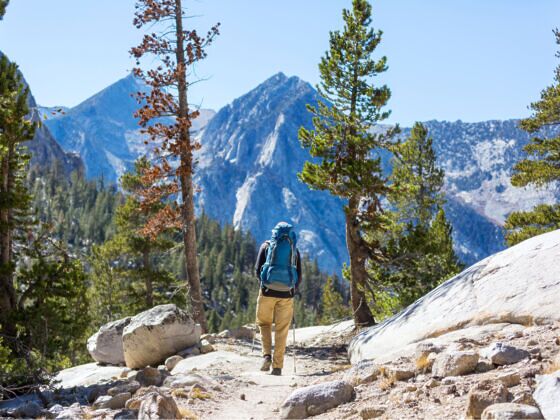Spanning from the foothills in the Mojave Desert in California to Oregon, the Sierra Nevada Mountains are a formidable range with some of the most interesting wilderness areas in the US. The Sierra includes giant Sequoia forests and Mt. Whitney, the highest peak in the continental US.
Every year hundreds of backpackers attempt to traverse the Sierras on the Pacific Crest Trail, while thousands more visitors flock during the summer to fish, camp, hike, mountain bike, climb, or paddle around the nooks and crannies of this dramatic granite landscape.
But, before you lace up your hiking boots and pack your climbing gear, here are some things you should understand:
